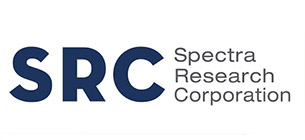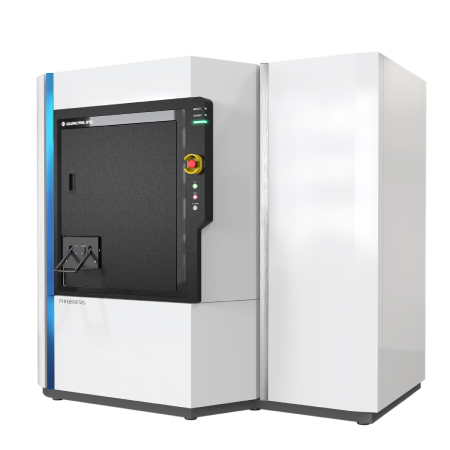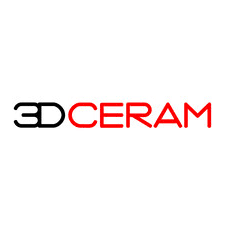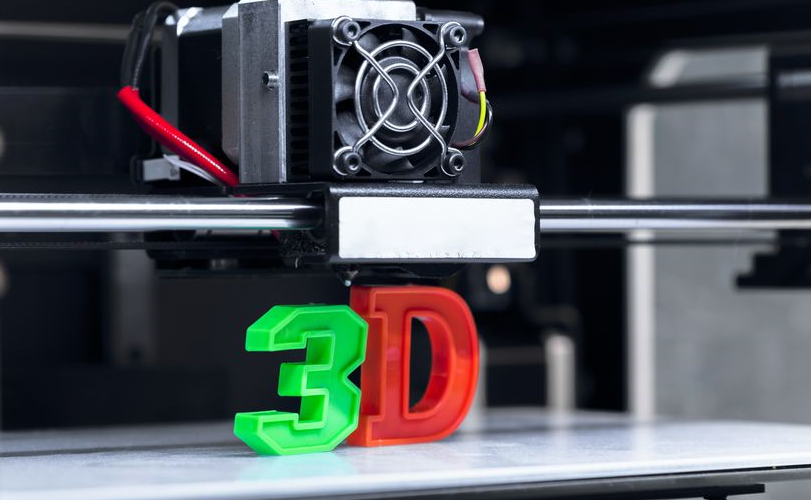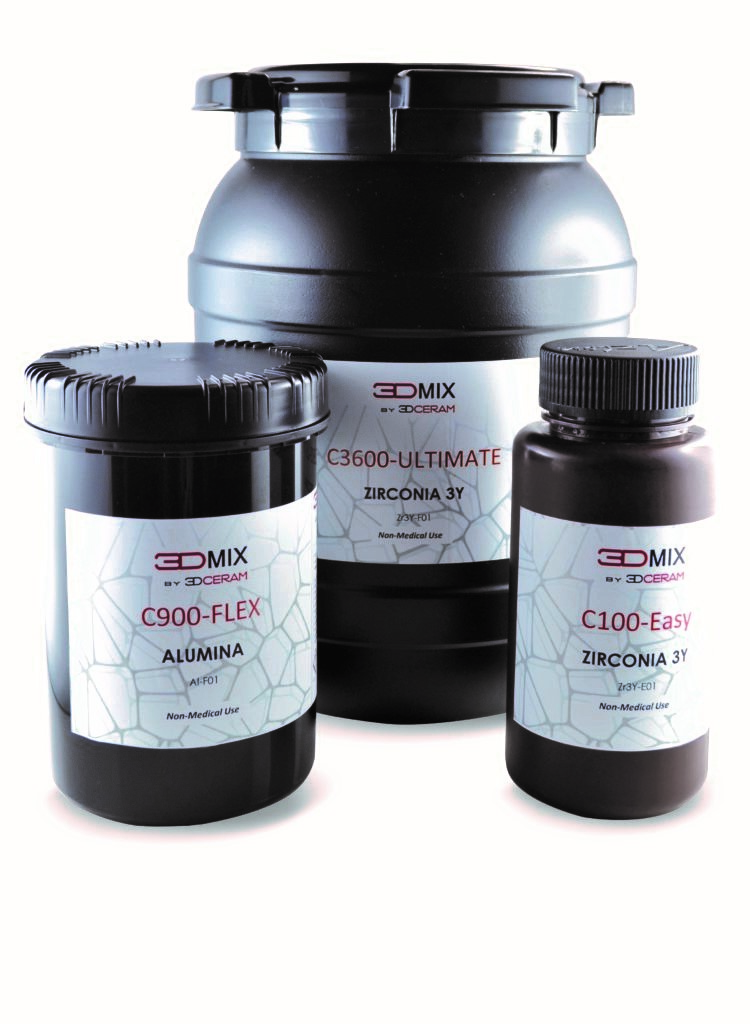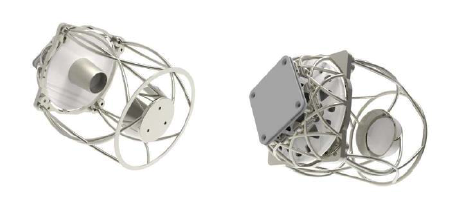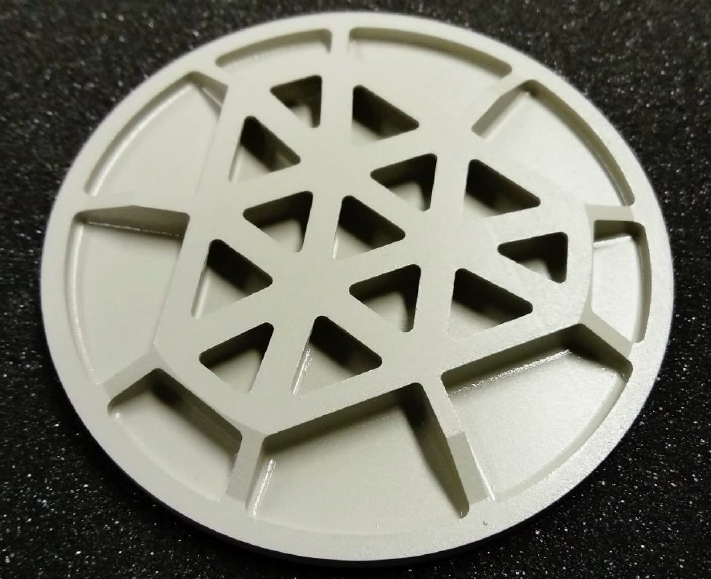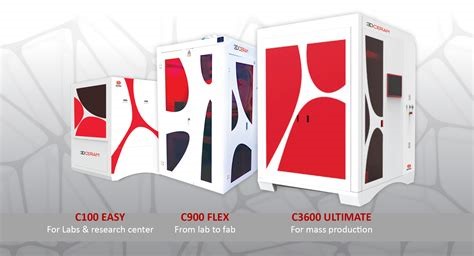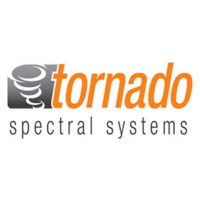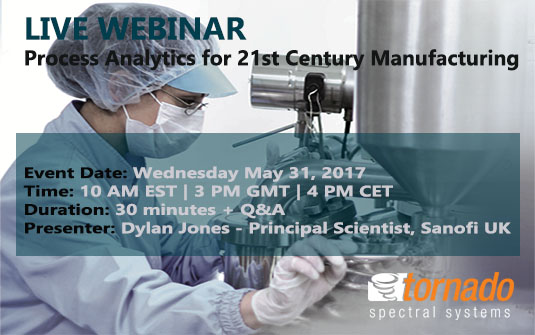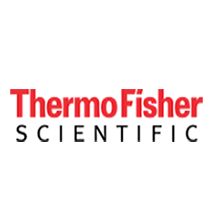Understanding the surface properties and wettability of fibers is critical for a wide range of applications, including textiles, composites, and advanced materials. One key parameter in assessing these properties is the contact angle, which provides valuable insights into the adhesion characteristics and surface energy of fibers. In this article, we will review and compare different methods used to measure the contact angle of fibers, exploring their advantages, limitations, and practical applications.
What is Contact Angle?
The contact angle is the angle formed where a liquid interface meets a solid surface, indicating how well the liquid wets the surface. A smaller contact angle suggests better wettability, while a larger angle implies poor wettability. Measuring the contact angle on flat surfaces is relatively straightforward, as a droplet of liquid can be easily placed on the surface. However, when dealing with thin or flexible materials like fibers, specialized techniques are required to obtain accurate measurements.
Methods for Measuring Contact Angle on Fibers
Several methods can be employed to measure the contact angle on fibers. These methods vary depending on the fiber’s physical properties, such as diameter and flexibility, and the desired measurement accuracy.
1. Sessile Drop Method
Using an optical tensiometer, the sessile drop method involves placing a droplet of liquid on the fiber and capturing an image of the droplet to measure the contact angle. In this method, the droplet must be small enough to fit on the fiber, typically achieved with a picoliter dispenser. With picoliter-sized drops, droplet diameters as small as 100 µm can be obtained, making this method suitable for fibers that are rigid enough to support a droplet without deformation.

2. Meniscus Method
The meniscus method also utilizes an optical tensiometer to measure the contact angle. Here, the fiber is immersed in the liquid, and the meniscus formed at the fiber-liquid interface is observed. This method is most effective for contact angles below 90 degrees, as higher angles result in an inward meniscus that cannot be accurately measured. The meniscus method provides valuable data on the interaction between the fiber and liquid during immersion, but it is limited in its application to higher contact angles.

3. Wilhelmy Plate Method
The Wilhelmy plate technique uses a force tensiometer to measure the contact angle by immersing a single fiber into a liquid and calculating the force exerted by the liquid on the fiber. This method is particularly useful for very thin or flexible fibers that cannot support a droplet. However, one limitation is that the diameter of the fiber must be known to obtain accurate results.
Comparing the Methods
Each of these methods offers unique advantages and is suited to different types of fibers and experimental conditions. However, it is important to note that the results obtained from these methods cannot be directly compared, as they measure slightly different aspects of the contact angle.
- The sessile drop method provides a static contact angle, though the rapid evaporation of small droplets can lead to measurements that approximate receding angles.
- The meniscus method measures a receding contact angle as the fiber is immersed and then withdrawn from the liquid, although the contact line remains stationary during measurement.
- The Wilhelmy plate method is ideal for very thin fibers, but the fiber’s diameter must be precisely known for reliable results.
Each method offers valuable insights into fiber wettability, and the choice of method should depend on the specific characteristics of the fiber and the application.
Applications of Contact Angle Measurement in Fiber Research
Understanding the wettability of fibers is essential in optimizing industrial processes such as dyeing, coating, and adhesion in composite materials. By tailoring the surface properties of fibers, manufacturers can improve product performance, durability, and overall efficiency. These measurements are critical for industries looking to enhance their material properties for specific applications, from textiles to advanced nanomaterials.
Related Products
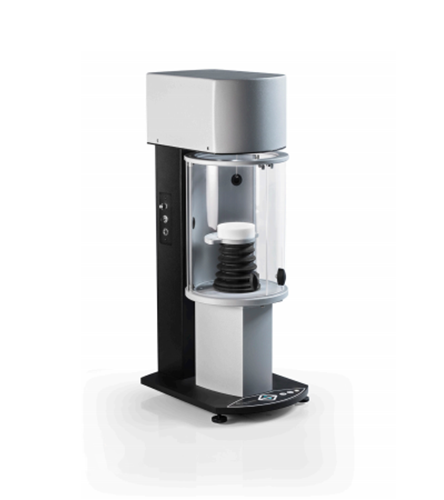 |
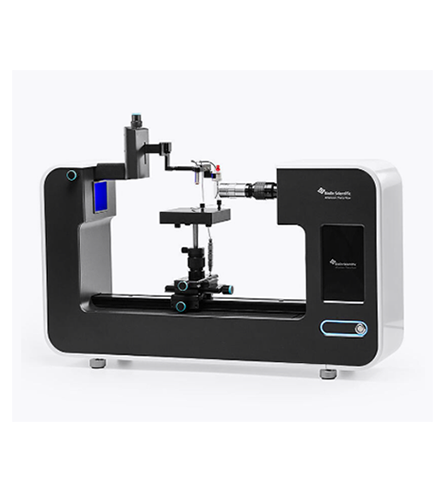 |
Sigma 700/701 |
Theta Pico |
To learn more about contact angle measurement techniques for fibers, or to receive expert guidance on choosing the best method for your application, Contact Us today.


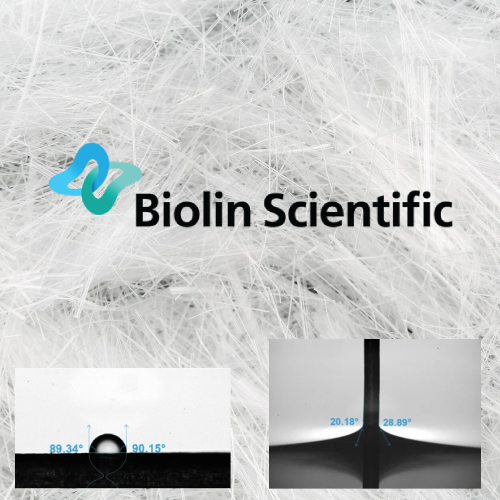
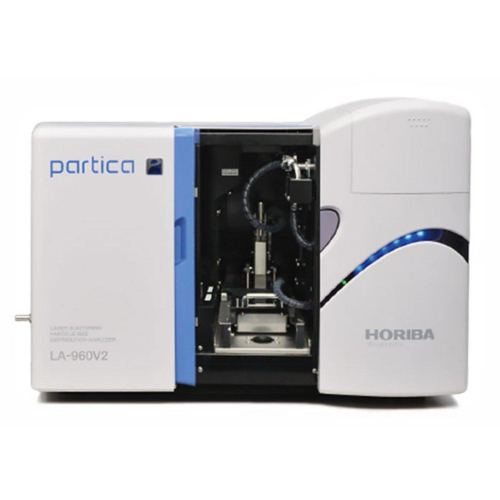

 HORIBA Scientific has 200 years of experience in developing high-performance scientific instruments and analytical solutions. It offers an
HORIBA Scientific has 200 years of experience in developing high-performance scientific instruments and analytical solutions. It offers an 





